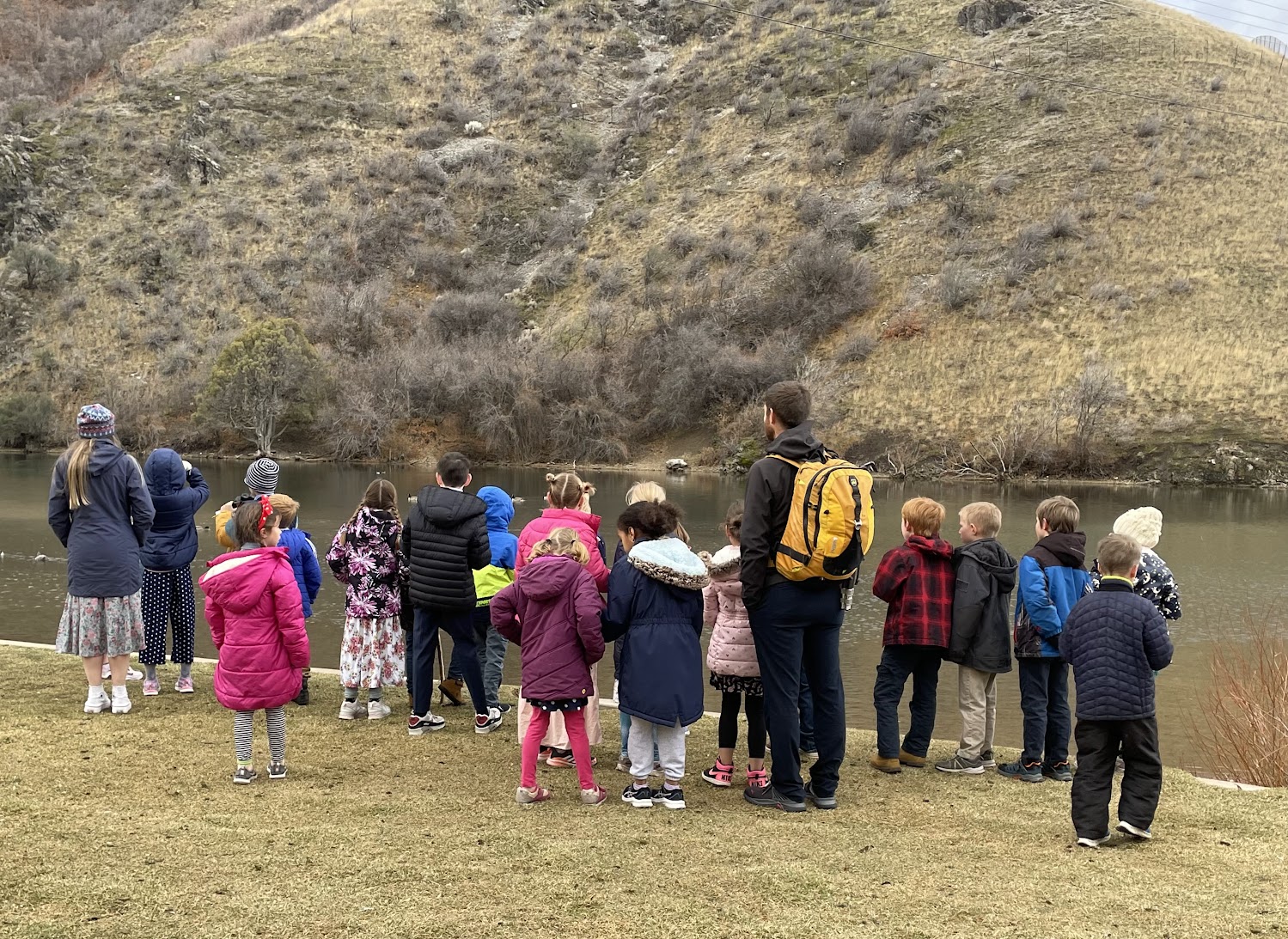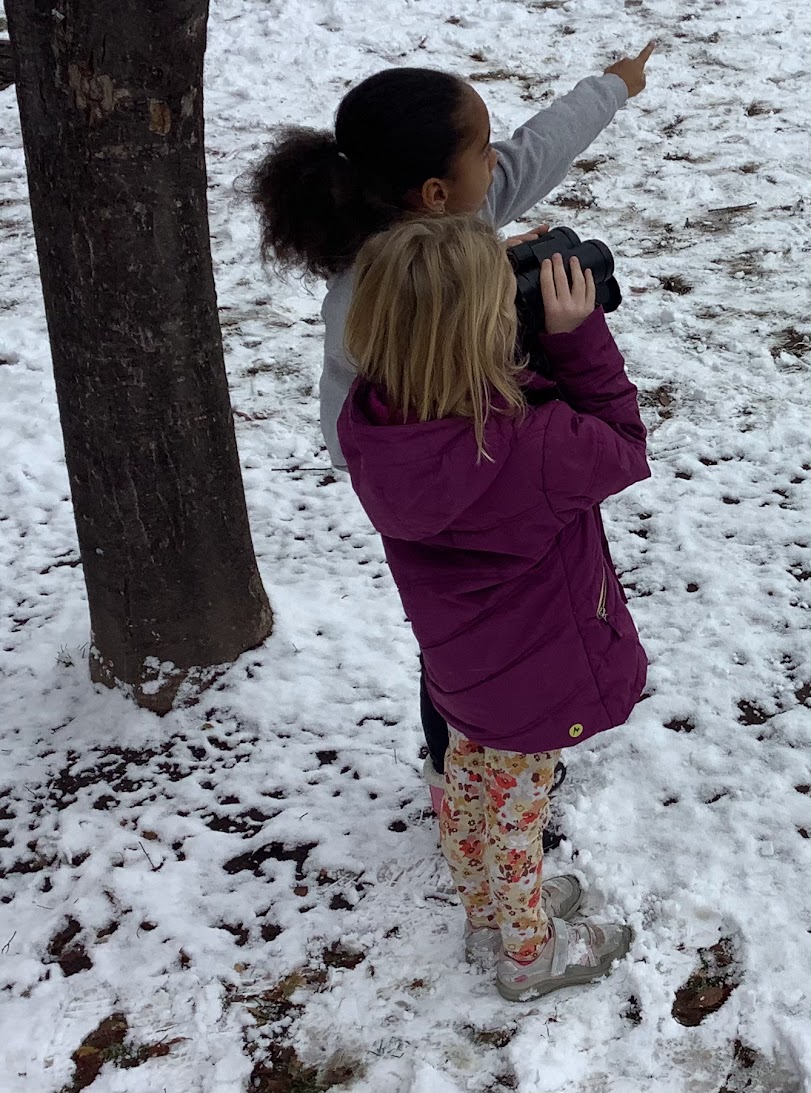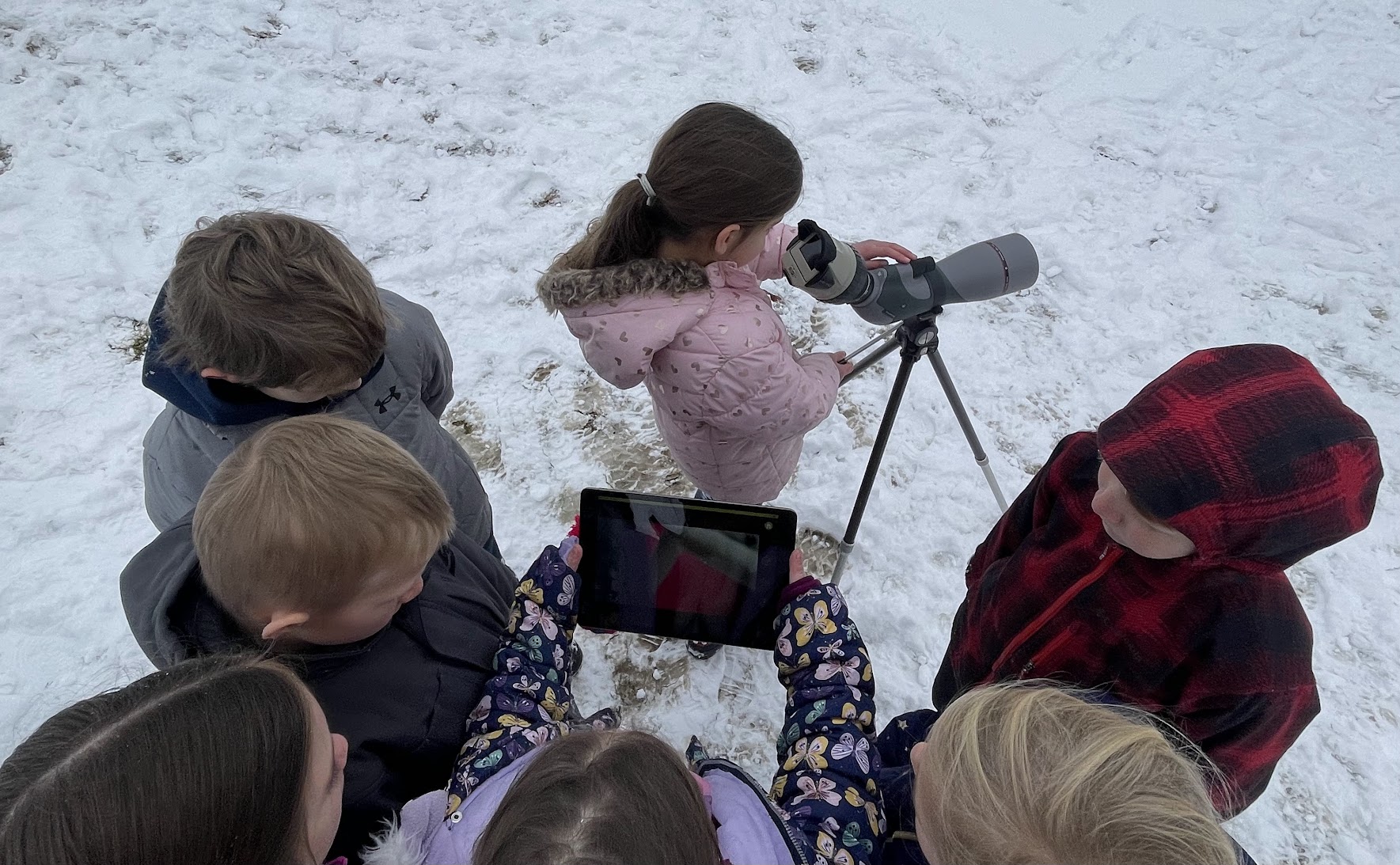
Courtesy US FWS, Ryan Hagerty, Photographer

Bonasa umbellus
Utah Division of Wildlife Resources
Of course we were tempted to stick around, enjoying a memorable close encounter with a wild bird that many Utahns will never get to see in their lifetimes. But we were right to resist temptation.
So, what was this bird doing, anyhow, taking a risk by staying so close to two humans? First of all, it was a forest grouse. Utah has two species of these vaguely chicken-like birds, dusky grouse and ruffed grouse, and they both tend to avoid ground predators by sitting quietly in dense foliage rather than flying away like most other birds would.
But staying this close? That brings me to the second reason. It was winter. Animals that remain in Utah’s mountains year-round face a special challenge: balancing the need to eat with the need to keep warm. Foraging for food requires energy. During the growing season, there’s usually enough to eat to easily meet a daily calorie requirement. But in winter food is scarcer, and for plant-eating animals, the food that remains has a lower nutrient content. Not only that, but keeping warm also requires energy, and it’s harder to keep warm if you’re moving around in freezing weather, away from shelter. If the reason you’re moving around is not to find food but to escape a potential predator, that loss of calories is hard to make up.
Dusky grouse have a diverse plant diet in the warmer months, but their winter diet consists almost entirely of Douglas-fir and pine needles. It’s an abundant food source, but not an especially nutritious one. So, if they can escape a potential threat by standing still, instead of expending calories by flying to another tree, they’ll choose the energy-conserving option.
That same principle of energy conservation applies to other animals that are active in winter. The less they move around in the open air, the better. For mammals that are too heavy to walk on the snow surface, such as deer and elk, it takes extra energy to flee from a predator – or from a winter recreationist – while slogging through deep snow. By winter’s end, the cost of fleeing from possible dangers can add up – maybe even making the difference between survival and starvation. That’s why, when we’re out enjoying Utah’s backcountry in wintertime, we should always resist the temptation to have a close encounter of the wild kind.
I’m Mark Brunson, and I’m wild about Utah’s winter wildlife.
Credits:
Images Courtesy US Fish & Wildlife Service, Ryan Hagerty, Photographer, https://www.fws.gov/media/dusky-grouse-2
Featured Audio: Courtesy & Copyright © Friend Weller, Utah Public Radio upr.org, and audio Courtesy & © Anderson, Howe and Wakeman
Text: Mark Brunson, https://www.usu.edu/experts/profile/mark-brunson/
Additional Reading: Mark Brunson and Lyle Bingham, https://bridgerlandaudubon.org/
Additional Reading
Wild About Utah pieces authored by Mark Brunson
Miller, Matthew L., The Grouse in Winter, Cool Green Science, The Nature Conservancy, https://blog.nature.org/2014/01/16/the-grouse-in-winter/
Environmental Impact of Winter Recreation, American Trails, https://www.americantrails.org/resources/environmental-impacts-of-winter-recreation
Winter Range Disturbance Fact Sheet 17, Utah Division of Wildlife Resources, Mule Deer Working Group, Western Association of Fish & Wildlife Agencies and Utah Department of Natural Resources, State of Utah, https://wildlife.utah.gov/pdf/mule_deer/mdwg-17_winter_range_disturbance.pdf
Leavitt, Shauna, Western Forest Grouse, Wild About Utah, November 5, 2018, https://wildaboututah.org/western-forest-grouse/
Carpenter, Chuck III; Farnsworth, Skyler; and Dahlgren, David K., “Forest Grouse in the Fall” (2020). All Current Publications. Paper 2080.
https://digitalcommons.usu.edu/extension_curall/2080
also https://wildlife.utah.gov/pdf/upland/forest_grouse_in_the_fall.pdf






